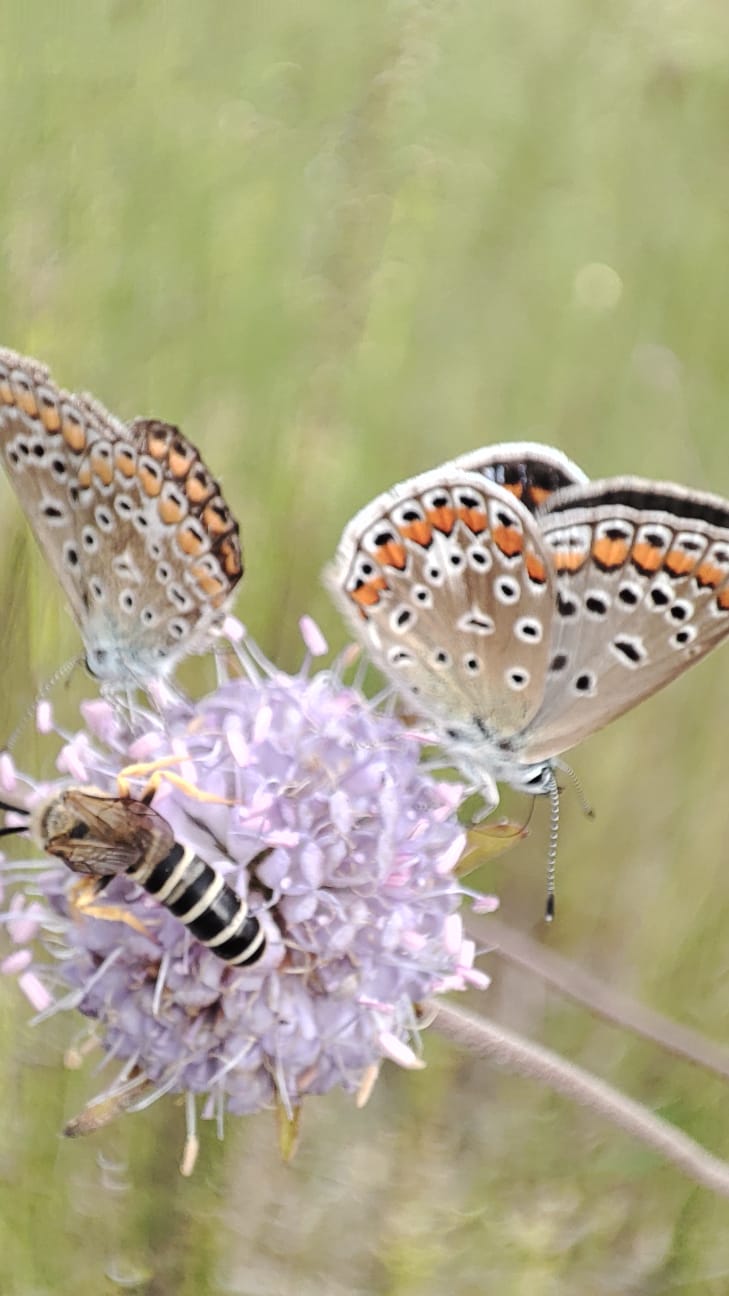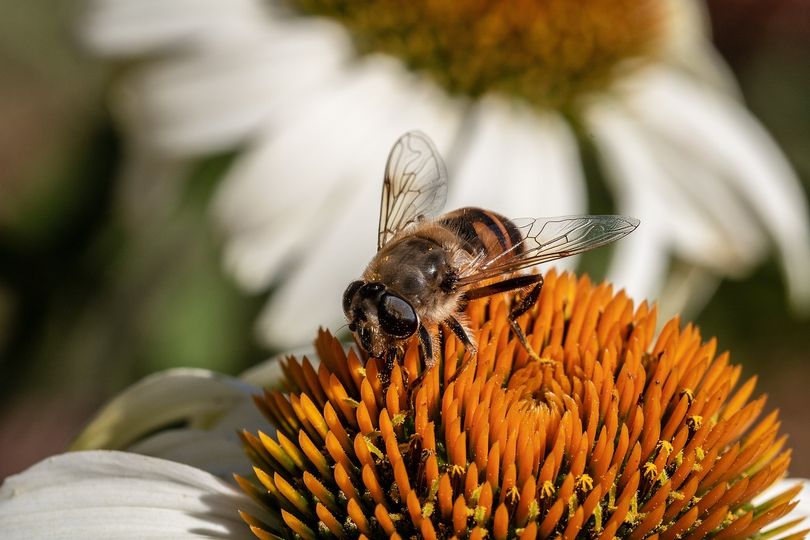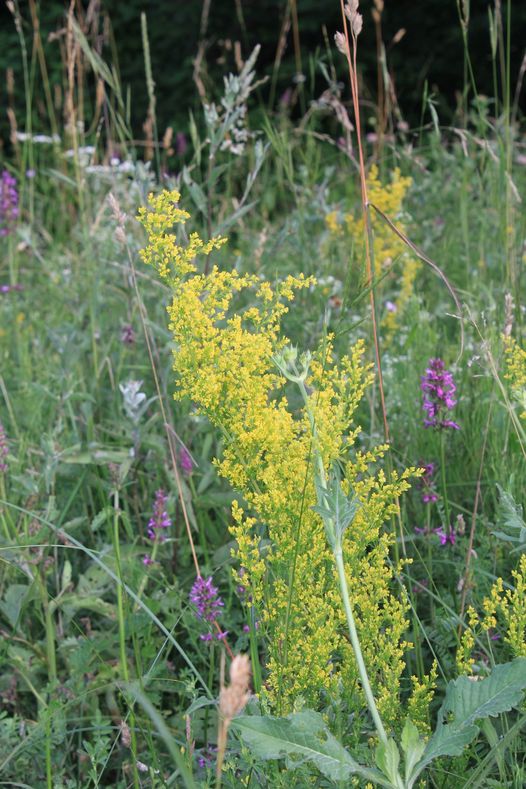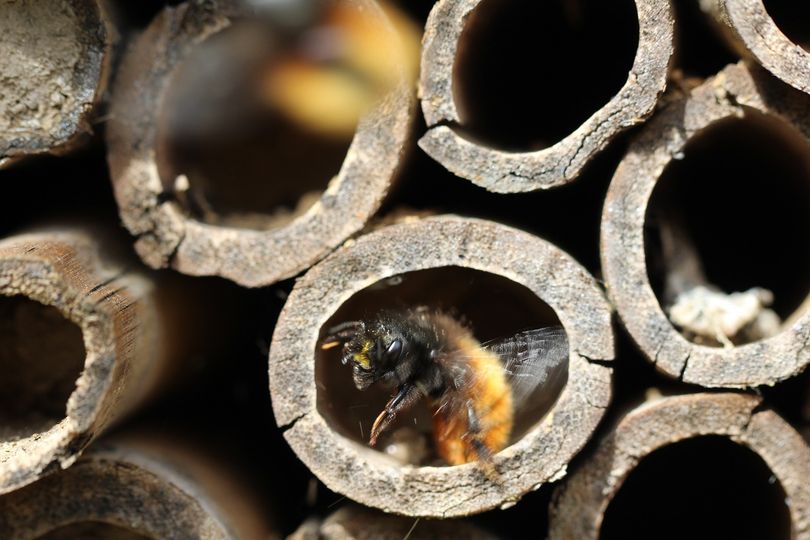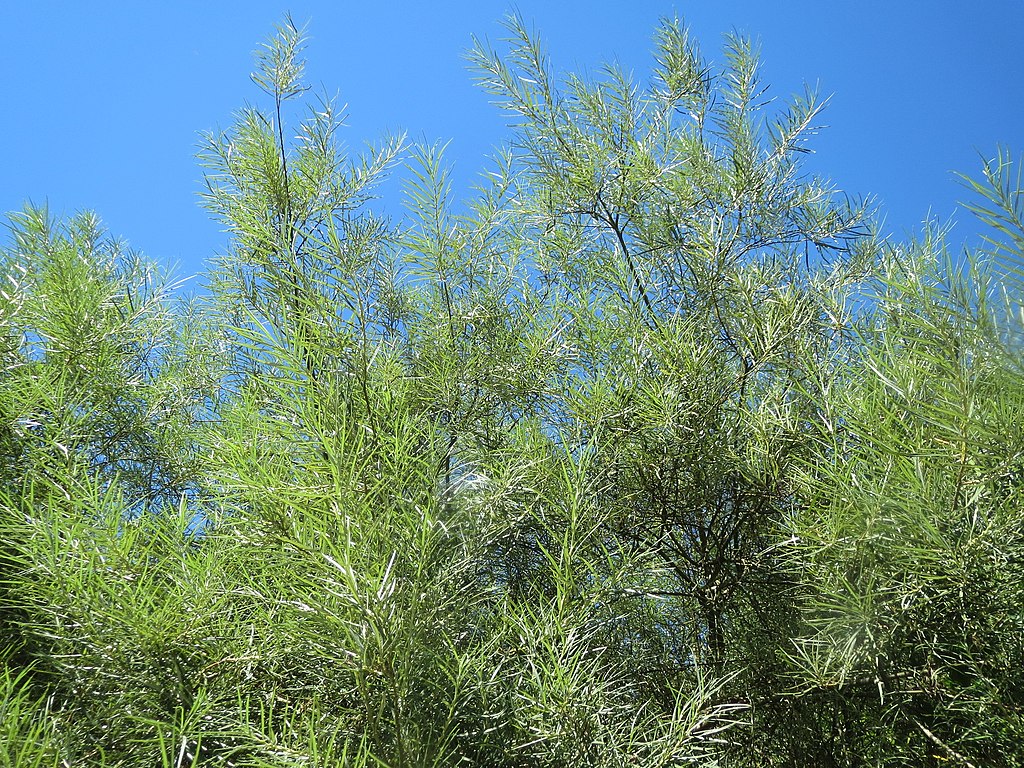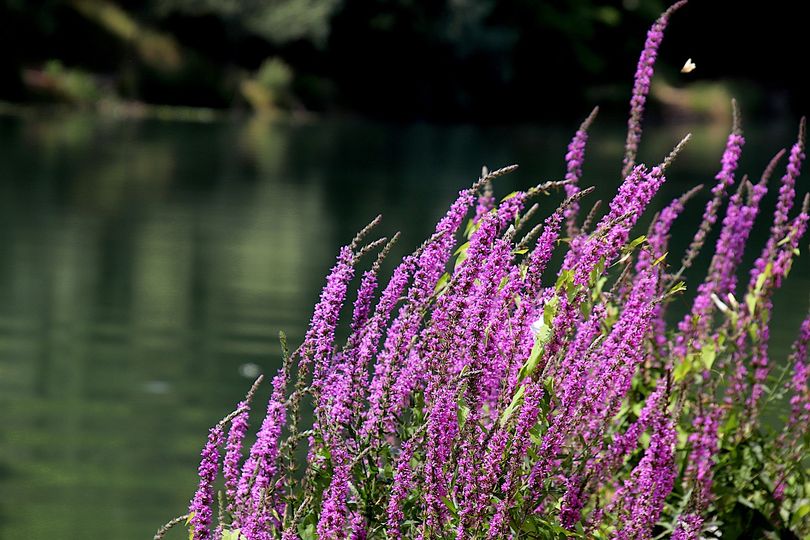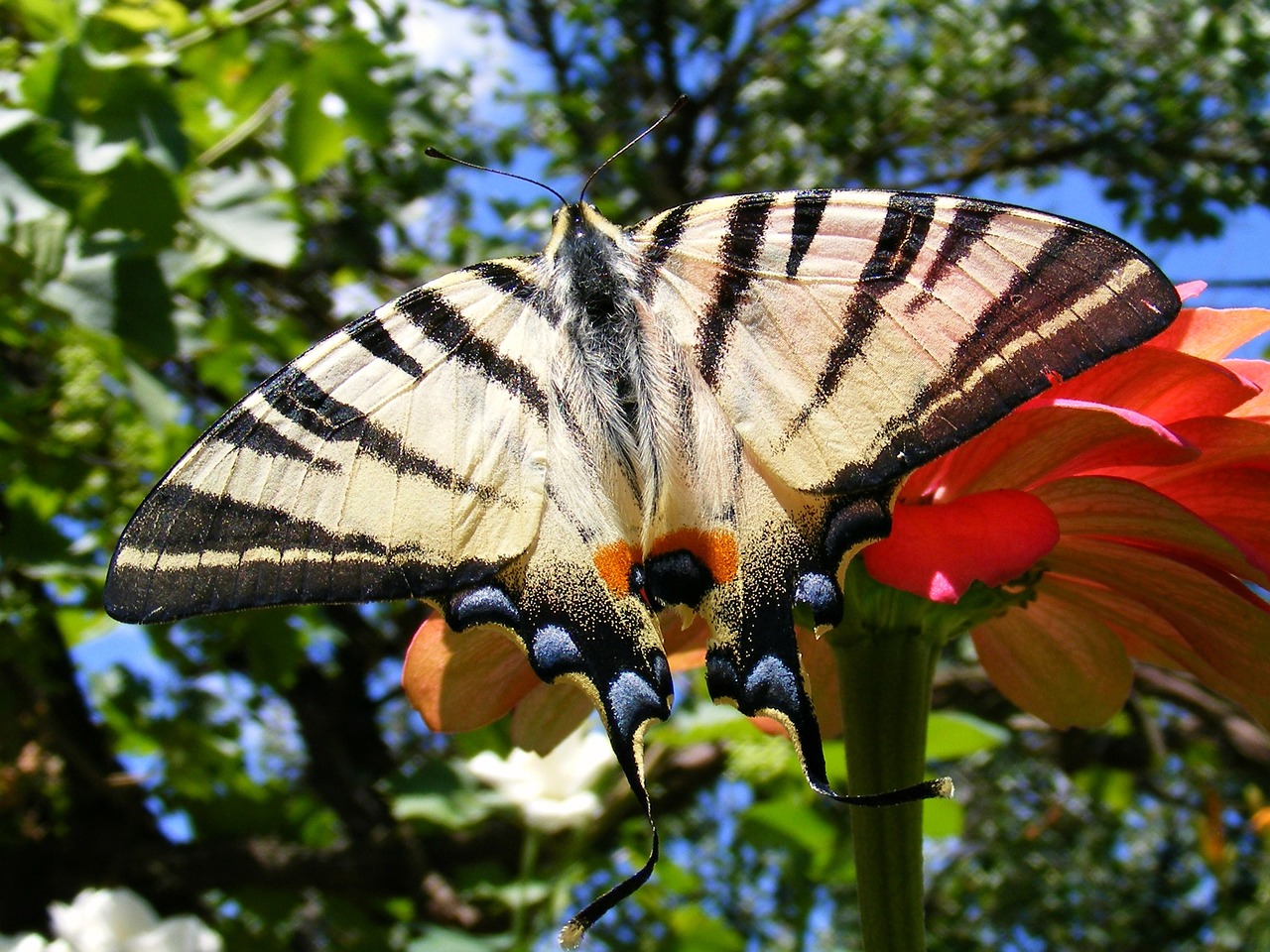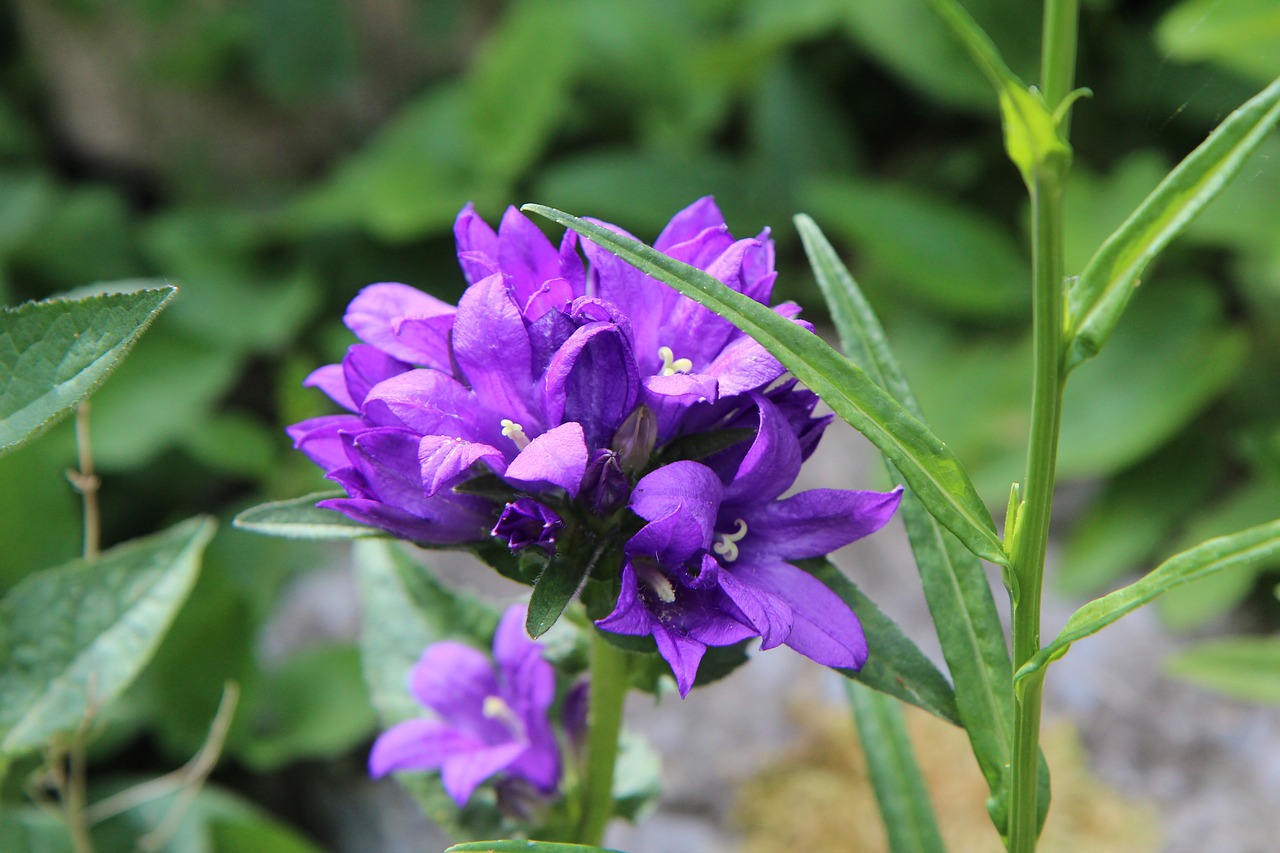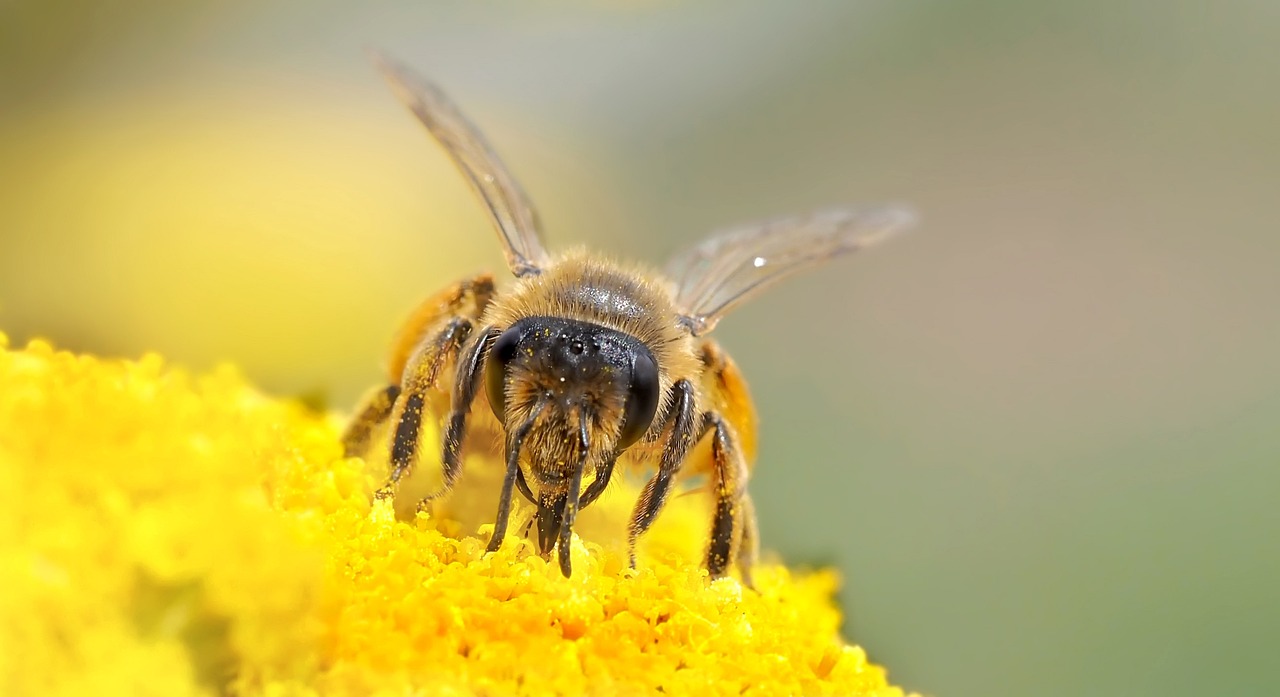The initial results at the San Michele biodynamic farm. 🦋
lifepollinaction2023-10-03T09:07:36+02:00I primi risultati, con LIFE PollinAction, presso l'azienda agricola biodinamica San Michele #LIFEprogramme #LIFEproject #EUpollinators #impollinatori #api #farfalle LIFE Programme LIFE 4 Pollinators Legambiente Onlus LIFE Greenchange Life BEEadapt LifeGate Ca' Foscari Sostenibile United Nations Biodiversity LovePlantLife Seeds ConservePlants LIFE 4 Pollinators


